Time (2018)
A short experimental film.
A short experimental film.
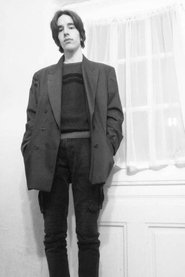 Marko ArsićM.
Marko ArsićM.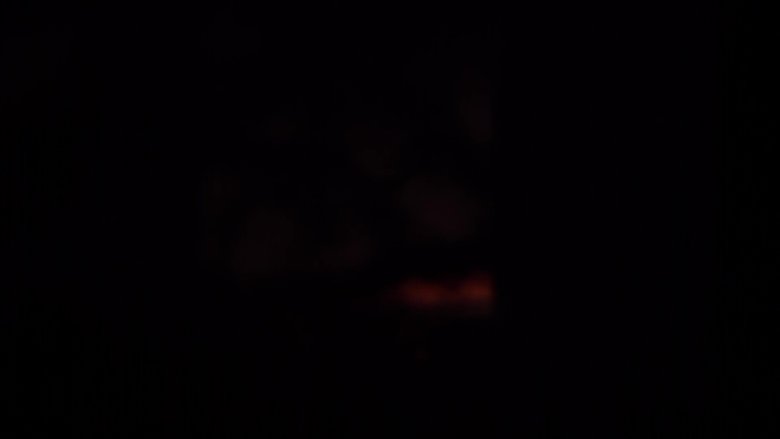
Number Two’ is an audio visual work which materializes the definite possibilities of sight and the existence of light in space with the drama in between image and sound as a reaction . It treats the surface of the film itself as a digital artefact that forms an image with a human intervention .It can be seen as an enlargement of a moment in time where form and space breaks inside an indefinite reality .
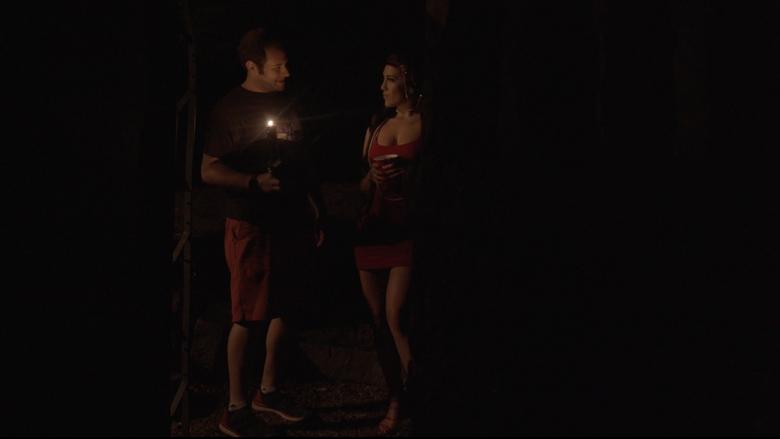
A costume designer is sent to the Catskills for an interactive theatre piece set in the 1920s. When she arrives things seem dark, strange and off. She soon realizes she is part of a student film.
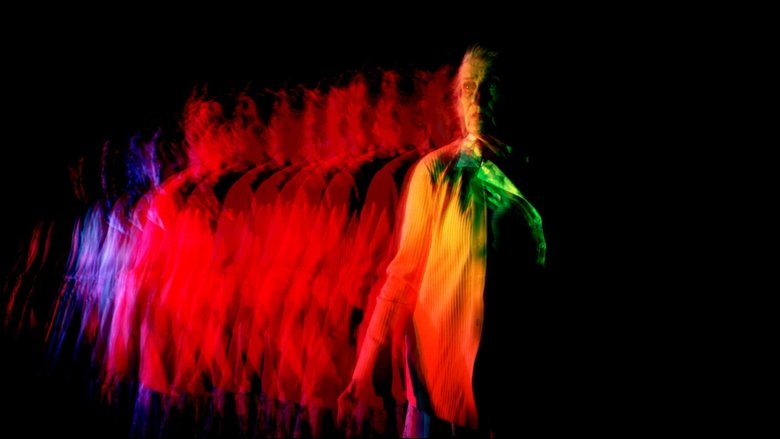
A lonely spinster's failed attempt at arranging flowers summons an ominous shadowy figure who sends her into a psychedelic netherworld to confront her own mediocrity.
Niki is a child who chases butterflies through a chaotic landscape in a home-made samurai costume, and attempts to prepare for a catwalk. Niki is on a journey to find meaning, to understand a crazy world that does everything it can to get rid of anyone who doesn't fit in - an inner journey to become a human being.
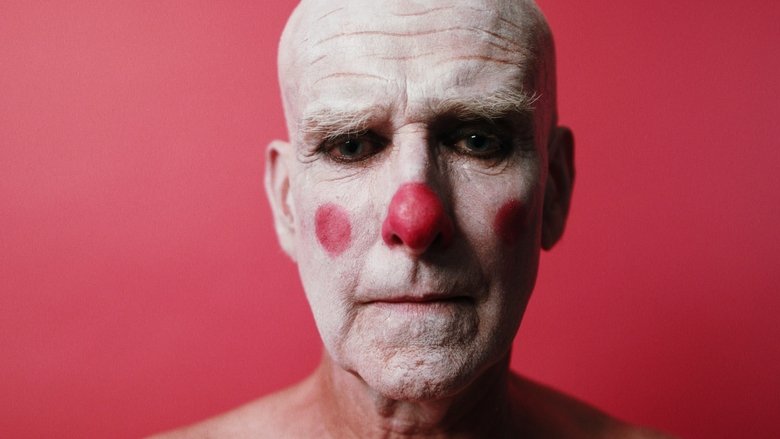
“I don’t believe in love because I’ve never seen it,” responds a young woman to an unseen interviewer in the first few minutes of the movie. This bleak portrait of loneliness and social exclusion is set on the edge of a desolate swamp where an aging clown and his daughter are struggling to survive. The location could be the end of the world, a place where hope has vanished along with a belief in the afterlife and the existence of God. The two unfortunates live together without the likelihood of change, as fear, aggression, and anger take hold of them – but they also experience sudden moments of tenderness.
A high school student attempting to complete his musical opus keeps getting distracted by the intense fights of his mentally imbalanced father and overly doting mother.
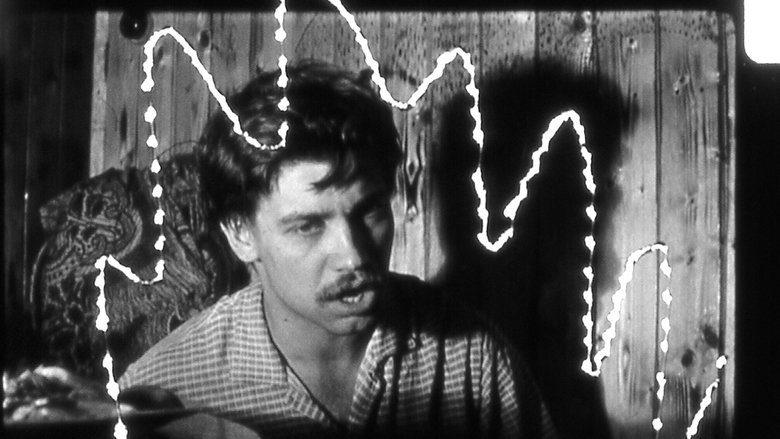
The tragicomedy of the absurd, is based on the works of Daniil Kharms (1905-1942). Trying to recreate reality 30s, who came to the flowering of creativity Harms, the director plays the style of filming, acting at that time and enters into the picture, "the aged" sound. Thus, it is possible to achieve maximum reliability of the author's text and sound to help the viewer to immerse themselves in the atmosphere in which he lived and worked classic absurdity. This is - a world of illusions, allusions and associations, reflecting a stream of consciousness of the creator living in an era of silence.
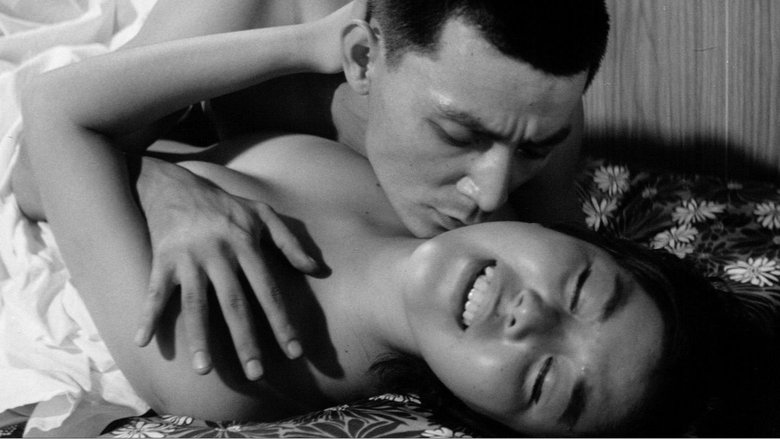
A wealthy real estate investor is forced to watch the rape of his girlfriend and then is sent a film showing the fact. He hires a hitman, Sho, and shows him the film, so that the detective can get rid of the criminals. But the boss of the criminal band is Ko, Sho's archnemesis, who raped and murdered his girlfriend.
“Faust Part 2” reveals the modern Faust in a romantic interlude, an idyll (from the Greek idein, "to see"); also, a journey of the id. A sense of story is inferred through the complex interweaving of human gesture, expression, and bodily movement within vibrantly shifting colours and rhythmic development, creating multiple levels of metaphorical meaning. A collaborative work with paintings by Emily Ripley and soundtrack by Joel Haertling.
You want a story ? Put two girls on a train and imagine that one of them is a redhead.
André's Eyes is an experimental docudrama in which the actual family members themselves participate in the recreation of their own story. Set in a small village in the Portuguese countryside, the film follows the struggle of a divorced father to keep his family together after his youngest son is taken away from them and placed in a foster family.
A slow-burning prairie grotesque. On the grounds of a rural sanitarium, three young women search for wellness, as a cult leader seeks to control their bodies through labor and daily rituals.
Bass takes over the upstairs Kanter-McCormick Gallery at the Art Center, expanding the territory of her gothic world in a new work The Latest Sun is Sinking Fast, an immersive, multi-channel installation incorporating 16mm film/video, sound, architecture, and featuring performances by Sarah Stambaugh, Bryan Saner, and Matthew Goulish. The solo exhibition features a spatial narrative installation that delves, through movement, texture, sound, and gesture, into the psychology of a recurring figure in Bass' previous films; while also introducing two new characters, blending the past into the present. Bass has designed the installation by altering the gallery, leading the viewer through a evocative memory of place, embedding us in a timeless society of lost souls in a haunted landscape. -Allison Peters Quinn, Exhibition Director, Hyde Park Art Center
Grappling with the burden of loss, a drifter becomes engulfed in the reckless lifestyle of a group of bohemians. Through a series of events, he is forced to confront his trauma as his haunted past and unconventional present collide.

Perrone switches back to color and chooses European painting as the space for his tale and as his land of experimentation. The stage: paintings by Manet, Monet, Renoir, among other chosen artists; still, open-air landscapes put together through their similarities. The characters who move there: two men, two women, two hunters, two ominous creatures (one of them a tiny creature of the night with two eyes and a brutish and wild human body). Divided in 18 acts, the narrative of this film is limited to showing brief episodes about desire and violence as the fuel of human endeavors, while its characters roam in the woods. With no words at all, Perrone wagers all on the juxtaposition of textures, on superimpositions, and on the power of face close-ups – these are his main arguments.

A man who is paranoid and deluded by his own conspiracies that someone out there is after him must come to terms with the root of his suffering.
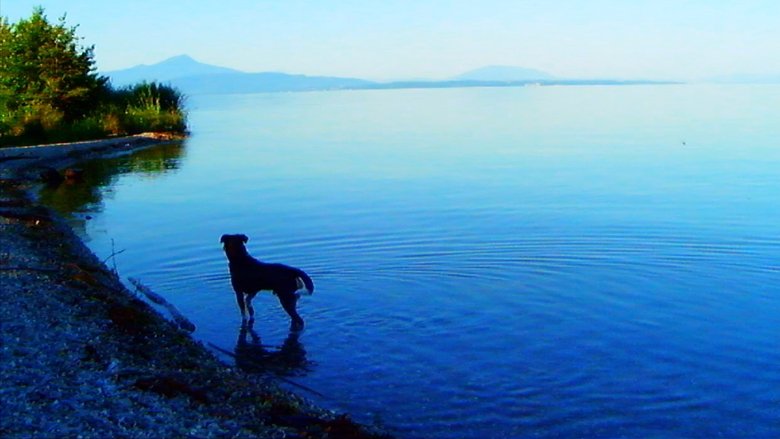
The idea is simple / A married woman and a single man meet / They love, they argue, fists fly / A dog strays between town and country / The seasons pass / The man and woman meet again / The dog finds itself between them / The other is in one, / the one is in the other / and they are three / The former husband shatters everything / A second film begins: / the same as the first, / and yet not / From the human race we pass to metaphor / This ends in barking / and a baby's cries / In the meantime, we will have seen people talking of the demise of the dollar, of truth in mathematics and of the death of a robin." - JLG
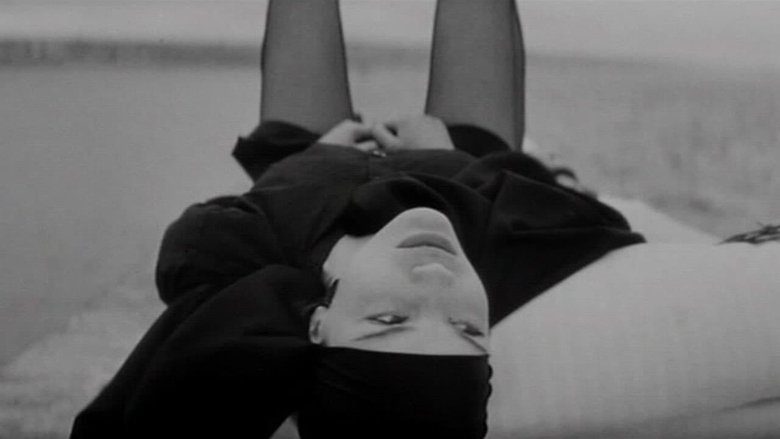
30 year old child enters the new city, riding on a donkey. He says he is the Savior. He has spent no time among men. He is trembling with cold. His clothes are soaked. His mother was overprotective ; his father conspicuously absent. He knows that he must face the mockery, refusal, ignorance and blindness of the men around him. They travel in gangs, in large numbers : soldiers, mercenaries or the like, on majestic, imposing horses. Everything is out of proportion to his thin, bewildered, innocent body ; he is the madman of the new city...
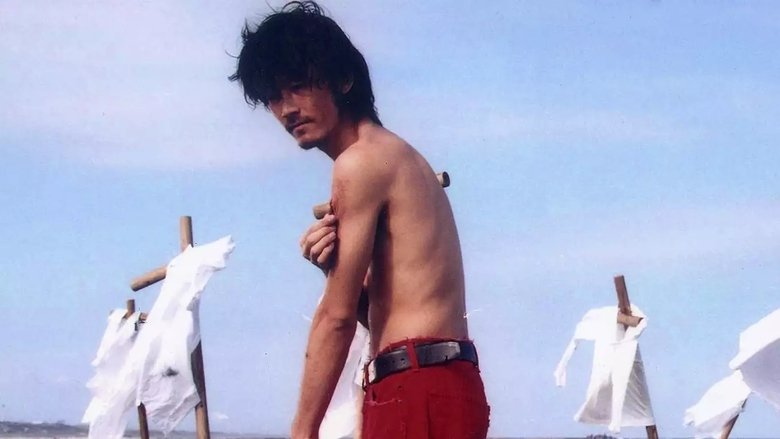
It has been two years since unsuccessful cartoonist Tsube started to live with Kuniko casually in a small apartment.
A water server in a small railway station in Eastern India doesn't return home one evening. His wife comes to term with inhumane reality while looking for him far away from her picturesque village surrounded by mountains and forests. While she and her friends arrive at the rail station they hear someone has been run over by a train. Where is he? Will she succeed in finding him? Is death certificate merely a document?